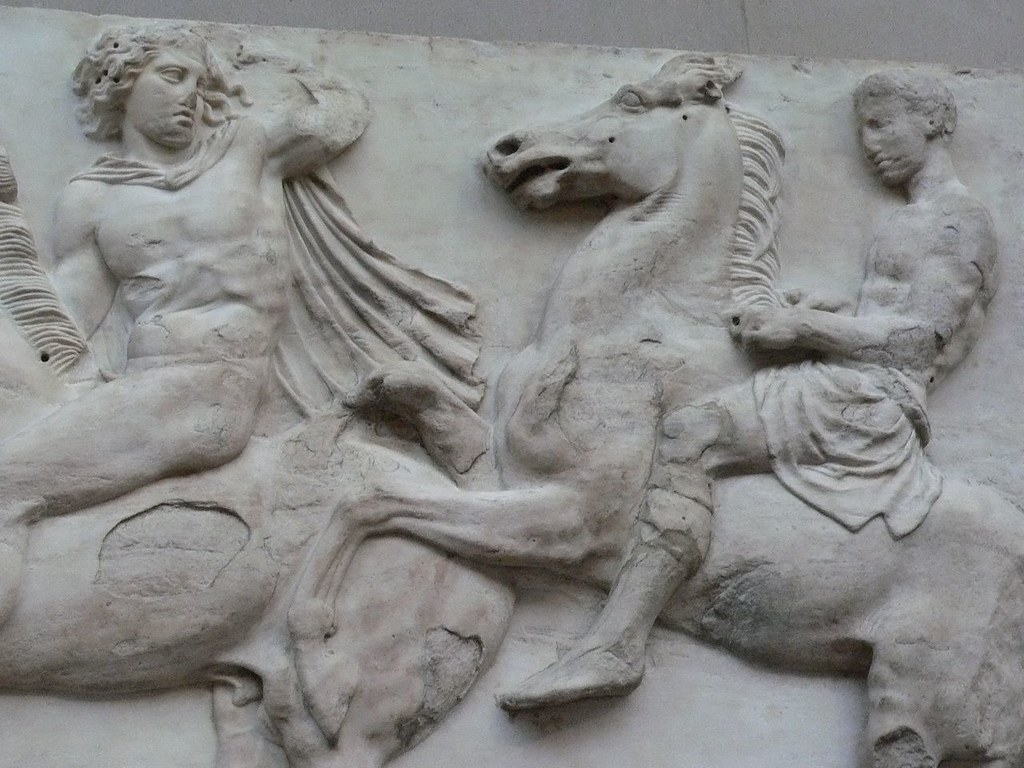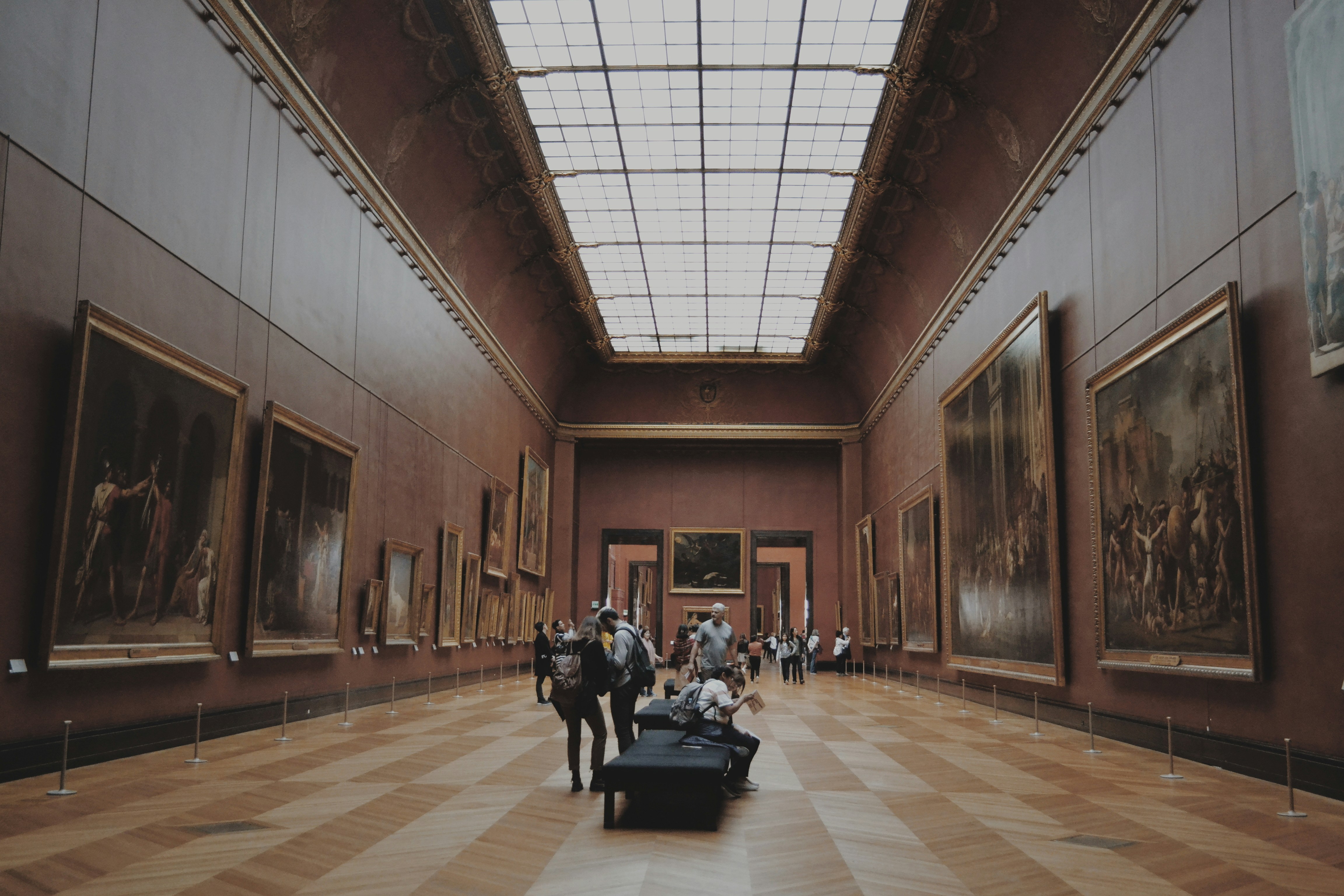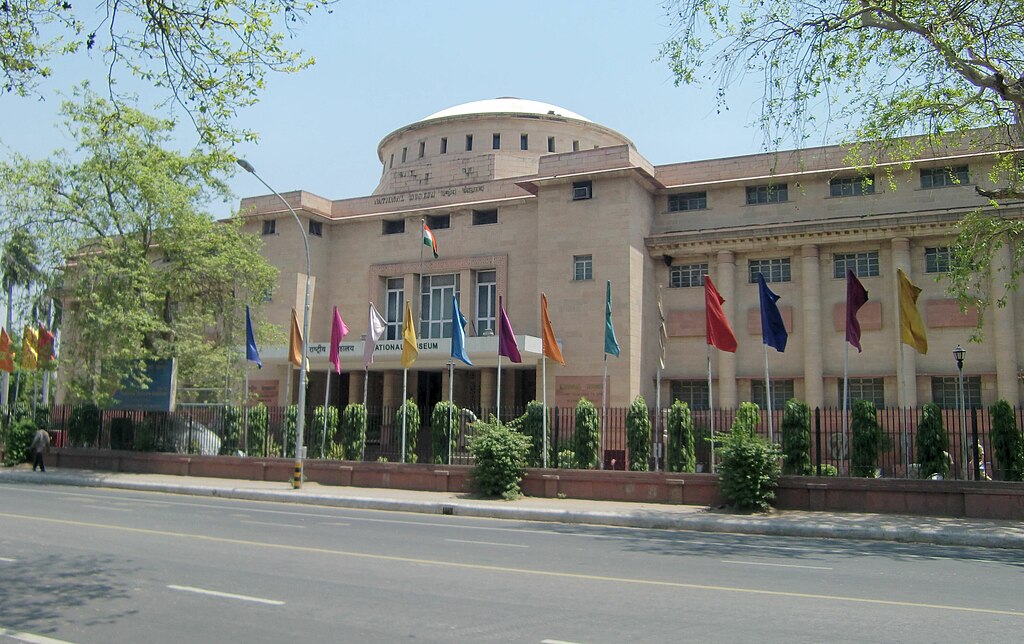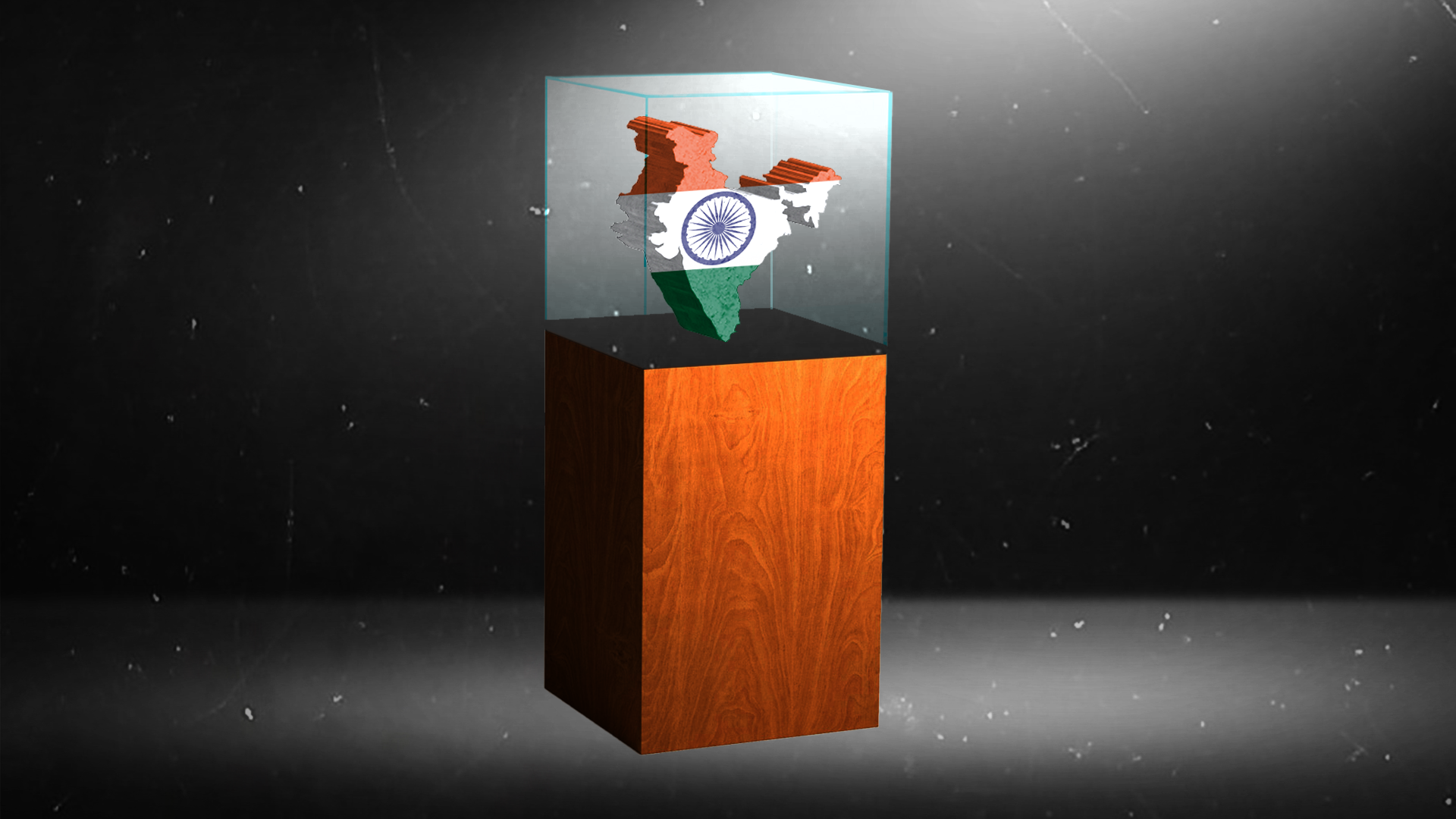Designing museums for people with disabilities is a critical step towards democratising the arts and challenging power relations within museums.
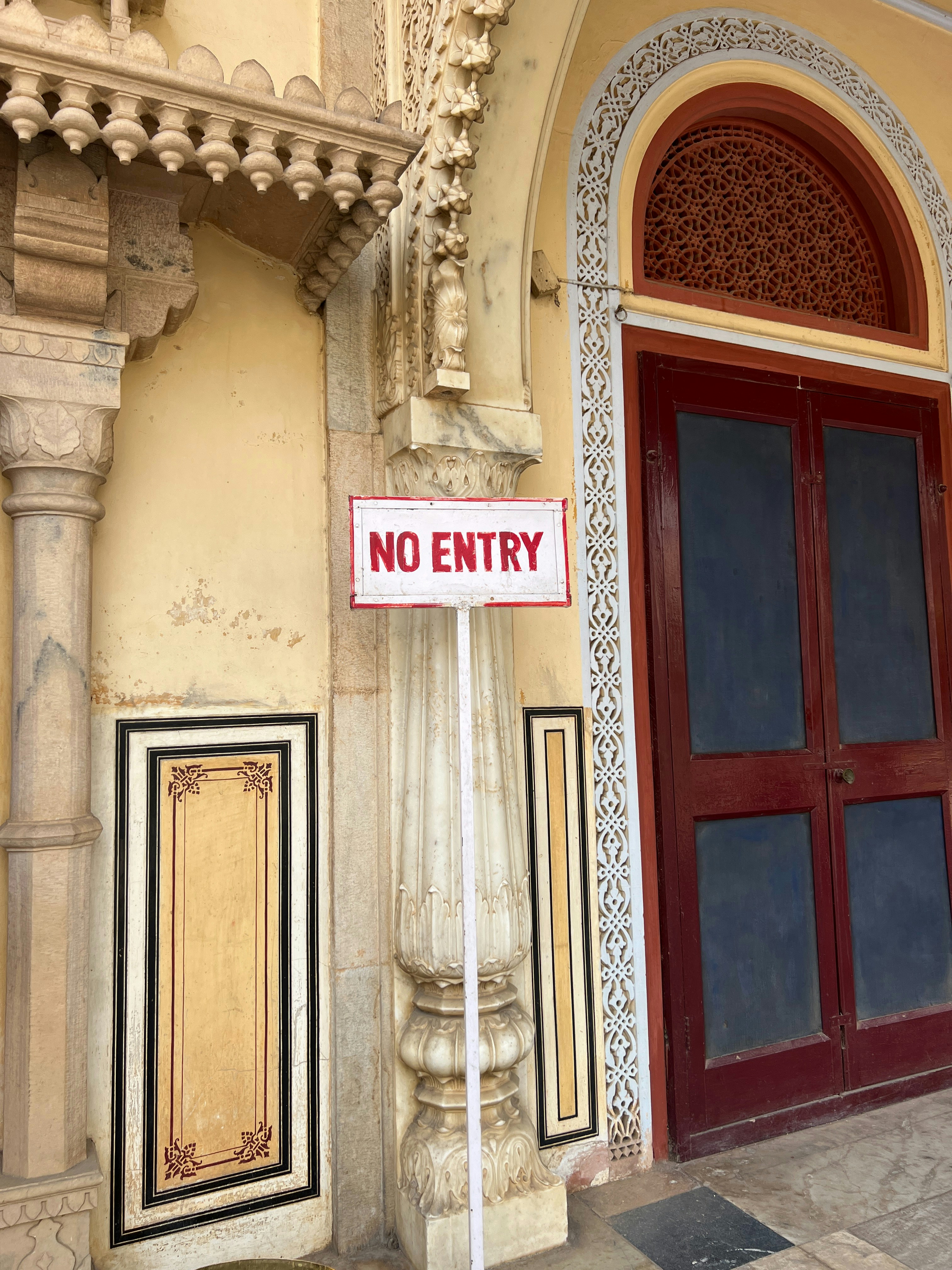 Many people with disabilities share common experiences of exclusion in museums and art galleries. : Hannah Wernecke Unsplash
Many people with disabilities share common experiences of exclusion in museums and art galleries. : Hannah Wernecke Unsplash
Designing museums for people with disabilities is a critical step towards democratising the arts and challenging power relations within museums.
When Akhileshwari*, a person with visual impairment, visited a museum in Bangalore with her visually impaired friends, the authorities told them, “this museum is not accessible for people like you.”
Munir*, a wheelchair user in his 20s, had a similar experience: “I went to a museum in Bangalore with my friends. Many parts of it were accessible and I could reach it with (their) help. But parts of the museum were not accessible for me. My friends and I decided I would stay behind while they went ahead … I felt very upset.”
These vignettes capture the common experiences of exclusion of many people with disabilities in museums and art galleries.
Rather than serving the public, museums have earned a reputation for being static repositories of cultural artefacts and custodians of oppressive colonial histories.
The onus to immerse oneself in the museum was placed on the visitor rather than on the museum itself. But this notion has evolved.
Museums are increasingly being perceived as learning spaces with immense scope for social empowerment. Museums across the world are looking to learn from the experiences of historically excluded groups, such as people of colour, indigenous people, gender and sexual minorities, and people with disabilities, who have previously been denied access to museums.
It is hard to make a case for purple inclusion of leisure and recreation — purple being the colour of disability rights — than it is for other public resources.
Giving people with disabilities basic essentials such as education, nutrition, livelihood and health are often prioritised over opportunities to connect with their cultural and historical heritage.
As Heena*, a person with multiple sclerosis says, “for people with disabilities, leisure is an alien word.”
Designing museums to welcome people with disabilities is a critical step towards democratising history and the arts, and challenging the power relations within museums.
Disability rights advocacy in India has made tremendous progress. Inclusive heritage and arts have also begun to gain attention.
The Anubhav gallery in Delhi’s National Museum contains tactile replicas of museum displays for visitors with visual impairment.
Some prominent museums in India, such as the Victoria Memorial museum in Kolkata and the Chatrapati Shivaji Maharaj Vastu Sangrahalaya in Mumbai, have also instituted accessibility measures including elevators, wheelchairs, braille signage and audio guides, among others.
But a common aspect to all these museums is that accessibility features were introduced several years after the inception of the museum.
The making of a disability-inclusive museum
The Bangalore-based Museum of Art and Photography (MAP) is one of the first museums in India to introduce cross-disability inclusion into its foundations.
Launched in 2023, its mission was to democratise art by creating opportunities for diverse communities to actively participate in various events at the museum.
This involved consultations with various organisations engaged with disability inclusion as the museum building was being built. Alongside that, education outreach programmes for children with disabilities began and people with disabilities were hired as inclusion managers.
It is the first known museum in India to have conducted a user experience study to understand the expectations of people with disabilities from the museum. These findings were recorded in a research study on inclusion in museums.
Ninety-nine people with various disabilities as well as caregivers, parents, teachers, disability studies scholars, accessibility consultants and disability rights advocates were interviewed. Most were residents of Bangalore but the scope of the study was expanded to other cities to obtain diverse perspectives.
The participants were interviewed about their expectations from the physical infrastructure of the museum, including lighting, sound, washrooms, staircases, elevators, restaurants, display styles as well as their expectations from museum staff.
A common thread across their narratives was “quality” inclusion. Some spoke about how audio guides in museums were sometimes not clear. Some mentioned how descriptions of artworks were not rich enough. “The description [of Starry Night] by my wife was much more potent than what was written,” says Bholanath*, a visually impaired person.
Others mentioned how museums sometimes have plenty of accessibility features but inadequate signage explaining these features.
Many respondents expressed the desire to explore the museum at their own leisure. Sharanya, the mother of a child with autism, said her son had very specific interests in music and photography and would only be willing to explore these artworks.
A few participants asked for benches to be provided in halls so they could carefully peruse artworks of their choice.
Curating for disability
Disability inclusion requires decentering the expertise of the curator and the museum guide. People with disabilities are often perceived as incapable of appreciating art. Their visits to the museum risk being overplanned by museum professionals.
It is essential to take their interests seriously to make their visits memorable.
Language was another major theme in the study. Participants with hearing impairments spoke about the importance of providing Indian Sign Language (ISL) interpreters in the museum and ensuring that social media updates were in both English and sign language.
Naresh*, a wheelchair user, mentioned how his preference for Kannada over English often restricted his mobility. He appreciated MAP’s bilingual focus on English and Kannada.
Hanifa*, the principal of a school working with children with disabilities, emphasised the potential of museums to help them grow into artists. “The problem is when arts-based activities are just one-time things … There is no continuity, no chance for the child to carry their interests forward.” This is a valuable caution against tokenistic attempts at disability inclusion.
Several people with disabilities were eager to think of the museum as a space for non-disabled people learning about disabilities through the museum.
They urged the museum not to ghettoise people with disabilities through dedicated visitor tours or events, but to create a blend of opportunities for people of different kinds of disabilities as well as for disabled and non-disabled people to collectively engage with each other in the museum.
This cross-disability, inclusive and diversified approach is the crux of any policy of museum inclusion.
Accessibility and inclusion are dynamic processes and require constant reviews and upgrades. Committees of people with disabilities and their allies could be constituted to ensure that the inclusion strategy of the museum is regularly revised in accordance with the latest research and standards.
People with different kinds of disabilities as well as diverse social caste, class, gender and religious backgrounds can be given the opportunity to be members of these committees to avoid reproducing structural inequalities.
MAP has set a standard for inclusion towards which all cultural institutions need to strive. How well they do so depends on how they embrace the knowledge embedded within lived experiences of people with disabilities.
*The actual names of the interviewees has been concealed to protect their privacy.
Suchaita Tenneti served as the Lead Researcher for the study ‘Inclusion in Museums: Perspectives of People with Disabilities’ commissioned by the MAP and conducted by the ReReeti Foundation. She is currently Associate Scientist for Gender and Social Inclusion at the International Rice Research Institute, Bhubaneshwar.
Originally published under Creative Commons by 360info™.


